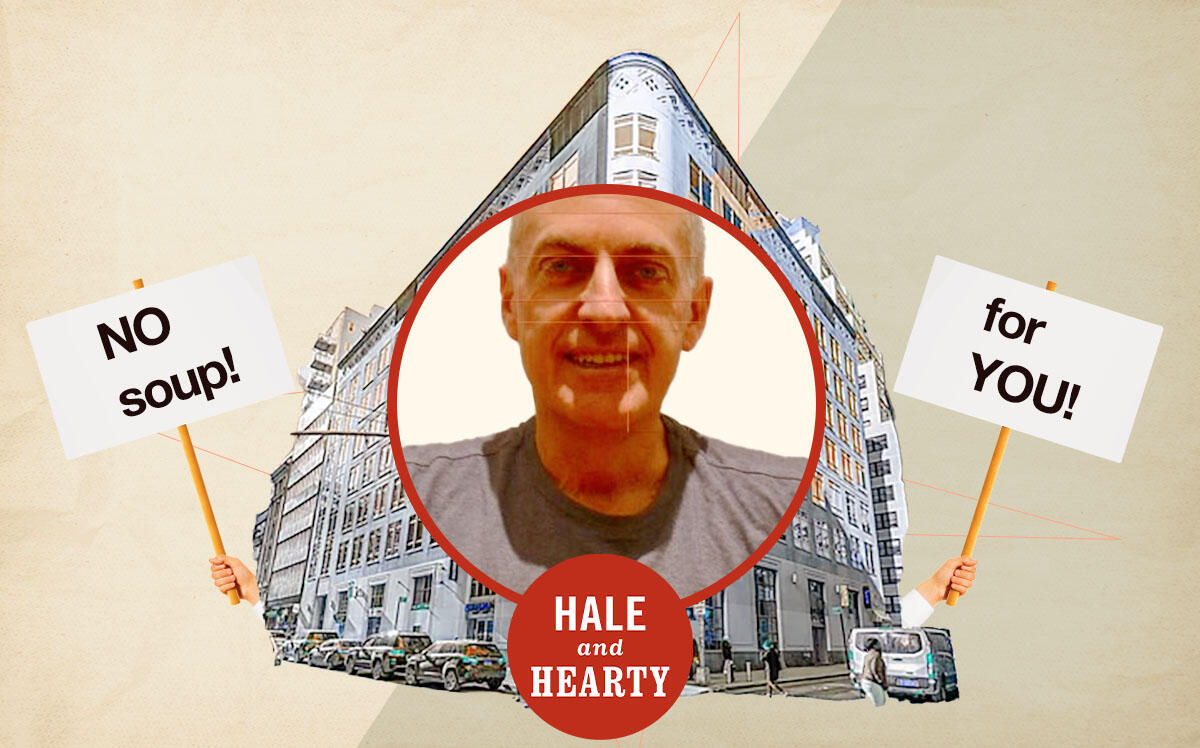 Office occupancy in New York finally hits 40%
Office occupancy in New York finally hits 40%
Trending
No soup for you: Hale and Hearty appears to bite the dust
Lunch rush chain “temporarily” closes all NYC locations

Office workers are trickling back into New York City, but one of the city’s favorite lunch spots doesn’t appear poised to feed them.
Hale and Hearty appears to have closed, the New York Post reported. The chain, best known for its soups and sandwiches, had 16 locations across Manhattan, Brooklyn and Long Island. Signs on the windows of some say the closing is temporary, but the company hasn’t said anything publicly about what’s happening.
The company’s social media accounts have not posted anything since mid-February. But trouble started for the chain before those sites went silent.
Read more
 Office occupancy in New York finally hits 40%
Office occupancy in New York finally hits 40%
 Jekyll and Hyde Club files for bankruptcy with $1.5M owed in back rent
Jekyll and Hyde Club files for bankruptcy with $1.5M owed in back rent
 Diners not Russian to Tea Room
Diners not Russian to Tea Room
New Jersey-based Klein Group sued the chain and one of its subsidiaries in February, alleging Hale and Hearty owed $390,000 in rent at 111 Fulton Street in the Financial District.
Klein was attempting to take the commercial space back, but Hale and Hearty was allegedly refusing to give it up, the Commercial Observer reported. The eatery closed three locations between 2016 and 2021 because of rent hikes, the publication added.
According to the Post, Hale and Hearty is being sued at the same location by food vendor Chefs Warehouse, which claims it is owed $160,000.
Hale and Hearty is one of the fast-casual New York City chains heavily reliant on office workers, who would flock to get a sandwich or a cup of soup during their breaks. When the pandemic sent office occupancy plunging, it was a major blow to the company.
If Hale and Hearty held out for a bit longer, its fortunes could have turned from grits to at least chowder. The Manhattan office market is still struggling, but occupancy is slowly creeping back up.
Last month, it pushed past 40 percent for the first time since the start of the pandemic, according to the Kastle Back to Work Barometer, which had occupancy at 41.2 percent. It was back down below 36 percent for the week ending July 6, though, according to The City.
— Holden Walter-Warner




